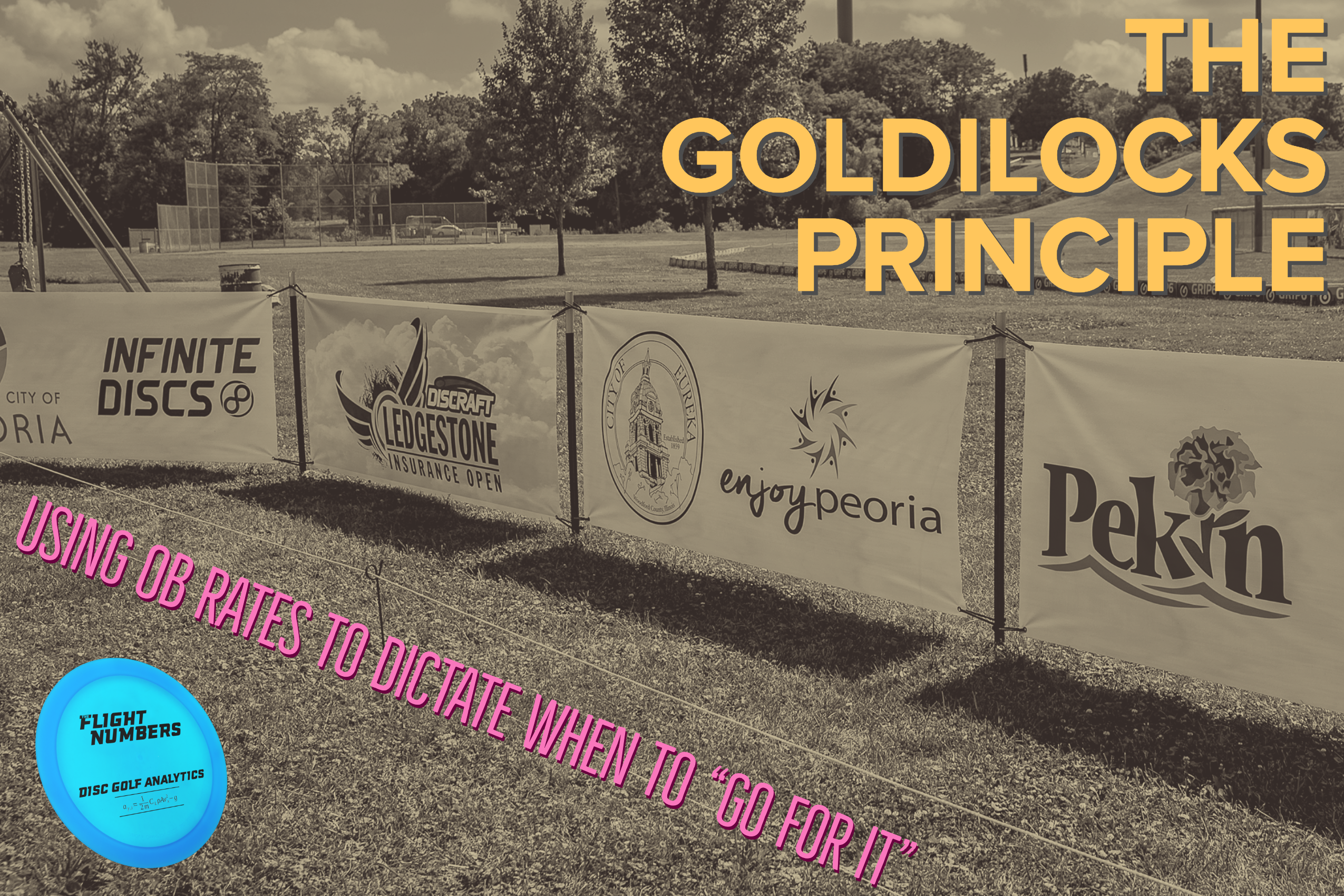
Scrum simply says to consider your effort to do so, the potential waste, and the fact that you cannot perfectly predict the future in a complex domain no matter how much analysis you do. Related to forecasting, you also may need a refined Product Backlog in order to get funding. Most products fall somewhere along this spectrum. Other products will not have a need to do forecasting beyond the current Sprint. Some products need to forecast several Sprints into the future to help communicate release expectations with stakeholders. When do you have to re-order the Product Backlog to account for dependencies? And how much of an impact does this have on the Product Owner’s ability to optimize value?Ī refined Product Backlog combined with historical information about the Scrum Team’s ability to deliver working product helps you forecast.How long do PBIs in a Sprint stay “blocked” by dependencies?.


How often do you discover dependencies during a Sprint that jeopardize the Sprint Goal?.There are many options, and at the very least, you want the dependencies to be transparent. You can re-order, or you can collaborate with other teams to help resolve the dependency in advance. You can slice and split the PBIs in different ways. This is especially important for dependencies outside the Scrum Team. While you may not avoid them all, you should try to reduce them where possible. When is this attributed to discovering mid-Sprint that PBIs are much bigger than you thought or not sliced thin enough?ĭependencies often turn into impediments and can grind a team to a halt.How often are you not delivering a usable Increment? How often are you not meeting a Sprint Goal?.Having more than one PBI in a Sprint gives the team some flexibility to meet a Sprint Goal and deliver a usable Increment. You want PBIs to be small enough that you can complete more than one in a Sprint. How frequently do you discover in a Sprint Review or after a release that a PBI does not meet the user or business need?.How often do you discover during a Sprint that there is not a shared understanding of the business need or what you are building to meet it?.This conversation creates a shared understanding. This can affect what is requested, the estimate, and the order as the Product Owner and Developers figure out what is actually needed. This helps the Developers build the right thing to meet the need. Why do you want this? What is the user benefit? What is the business benefit? When you clarify the details around value, the outcomes you are trying to achieve with the Product Backlog item (PBI) are more clear. How frequently are the interested stakeholders surprised by what was delivered?.How well do stakeholders and the Scrum Team understand what is planned for the product?.Adding details increases transparency to what you plan to deliver, as well as your progress. It is the “single source of truth” for what is planned in the product. The Product Backlog is an artifact that helps provide transparency. I’m going to give you a couple of starter questions in each of these 6 benefit areas to help your team figure out if it’s too hot, too cold, or just right. Now let’s dive deeper into each of these to see how we can apply the Goldilocks Principle. Let’s first look at the 6 benefits of Product Backlog refinement: The goal is to balance gaining enough benefits from the activity while minimizing the potential waste. The Goldilocks Principle is about finding what is “just right” for you. The Goldilocks Principle and Product Backlog Refinement So how do they do that?Īpply the Goldilocks Principle to help a team experiment and find what works best for them through inspection and adaptation. Scrum Teams needs to figure out what works for them. Detailing everything up front would create waste and also delay the delivery of value.ĭifferent products and different teams will have unique needs in terms of frequency, techniques, and level of detail.Įven the same Scrum Team working on the same product will need to evolve how they do Product Backlog refinement over time to fit new situations. It never stops because requirements and opportunities never stop changing. But Scrum doesn’t prescribe how you do it, and for good reason. It involves adding details, size, and order to items in the Product Backlog. Product Backlog RefinementĪccording to the Scrum Guide, Product Backlog refinement is theact of breaking down and further defining Product Backlog items into smaller more precise items. A common question I hear in Scrum training courses and in coaching sessions is, “how much Product Backlog refinement should we do and how much detail should be in the Product Backlog?”įirst, let’s look at the Scrum Guide.


 0 kommentar(er)
0 kommentar(er)
